Pottery art in ancient Iran has a long and rich history that spans several millennia. Iranian pottery reflects the artistic and cultural influences of different civilizations and periods, and it showcases the creativity and technical skills of ancient artisans. Here are some key points about pottery art in ancient Iran:
1. Neolithic Period: The earliest evidence of pottery in Iran dates back to the Neolithic period (around 10,000 to 6,000 BCE). During this time, simple clay vessels and pottery objects were made by hand and fired at low temperatures. These early ceramics were utilitarian in nature, used for storing food and water.
2. Bronze Age: With the development of metalworking techniques during the Bronze Age (around 3,200 to 1,200 BCE), pottery in Iran saw advancements as well. Pottery wheels were introduced, enabling more precise shaping of vessels. The ceramics of this period often featured geometric designs and animal motifs.
3. Elamite Civilization: The Elamite civilization (around 3,200 to 539 BCE) in southwestern Iran is renowned for its pottery art. Elamite ceramics were characterized by their distinctive shapes and intricate decorations. They often featured elaborate relief patterns, stylized animals, and scenes of religious and mythological significance.
4. Achaemenid Empire: During the Achaemenid Empire (550 to 330 BCE), Persian pottery was influenced by various cultures, including Greek and Babylonian. Achaemenid pottery included a wide range of vessels, such as bowls, jars, and amphorae. The designs often featured floral motifs, animal figures, and mythological themes.
5. Parthian and Sassanian Periods: The Parthian (247 BCE to 224 CE) and Sassanian (224 to 651 CE) periods saw continued advancements in pottery techniques. Ceramics from this era are known for their intricate designs, including human and animal figures, hunting scenes, and elaborate geometric patterns.
6. Islamic Period: With the advent of Islam in the 7th century CE, Iranian pottery continued to evolve, incorporating new artistic styles and religious themes. Islamic ceramics often featured calligraphy, arabesque designs, and depictions of Islamic symbols and Quranic verses.
Throughout history, Iranian pottery has been crafted using various techniques, such as handbuilding, wheel-throwing, and slip decoration. The firing methods evolved over time, from open-pit firing to more sophisticated kilns, allowing for more consistent and controlled results.
Iranian pottery art holds significant cultural and historical value, and many ancient ceramics have been discovered through archaeological excavations. Today, pottery remains an important aspect of Iran’s artistic heritage, with traditional techniques and designs being preserved and adapted by contemporary artisans.
pottery
$53.00
14 in stock
Categories: Ancient Persian, Carpet & tiling Figure, Earring, Persian Story
Description
Reviews (0)
Be the first to review “pottery” Cancel reply
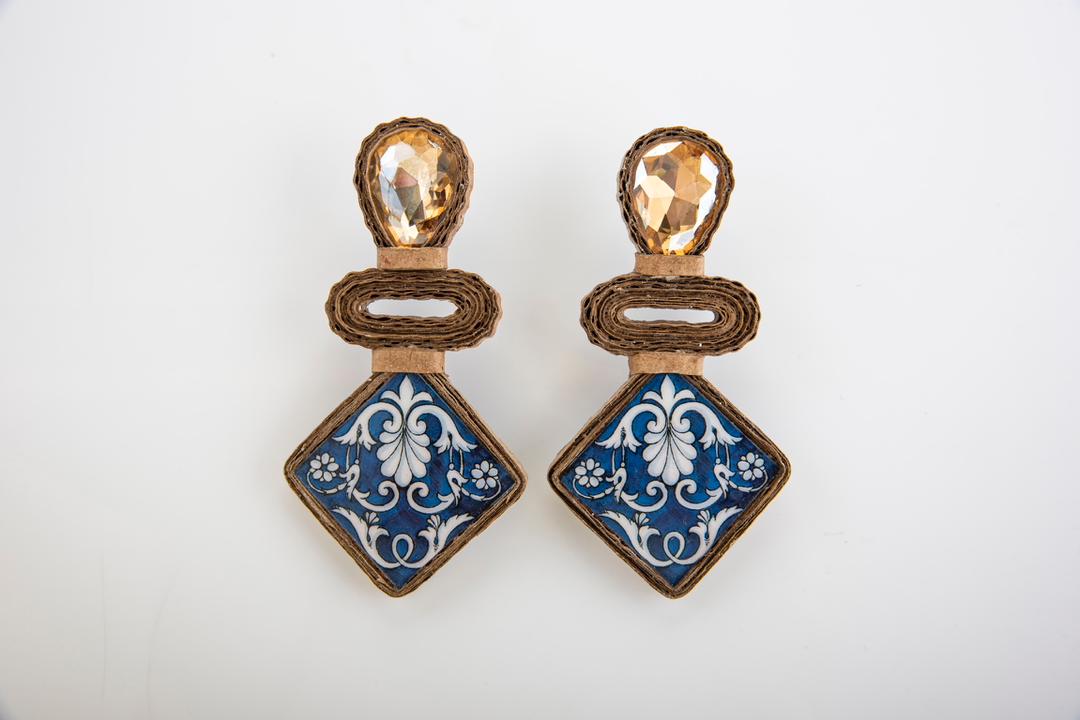
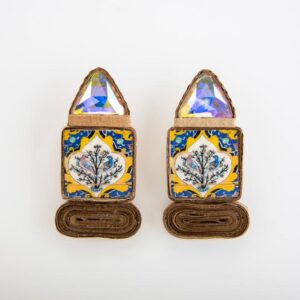
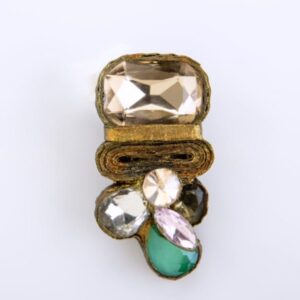

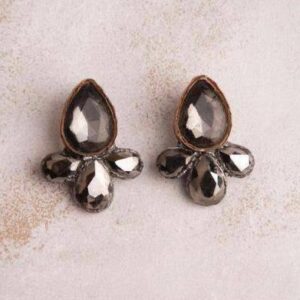
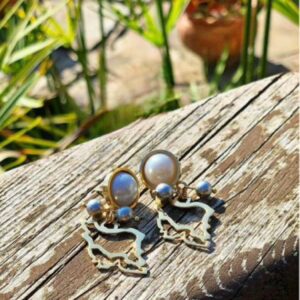
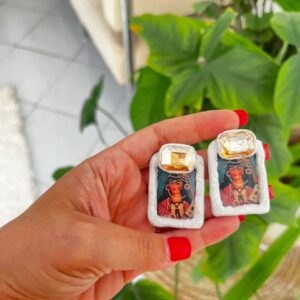
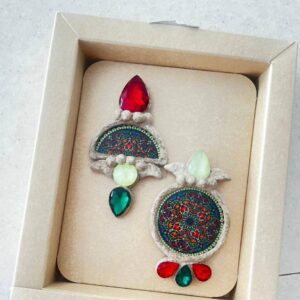
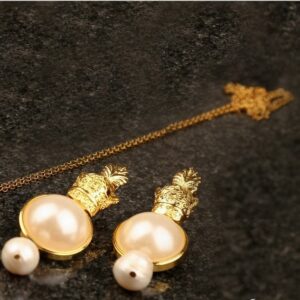


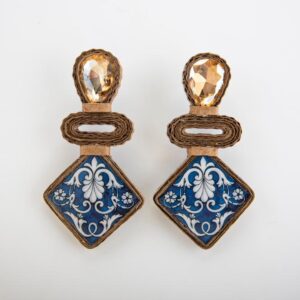
Reviews
There are no reviews yet.